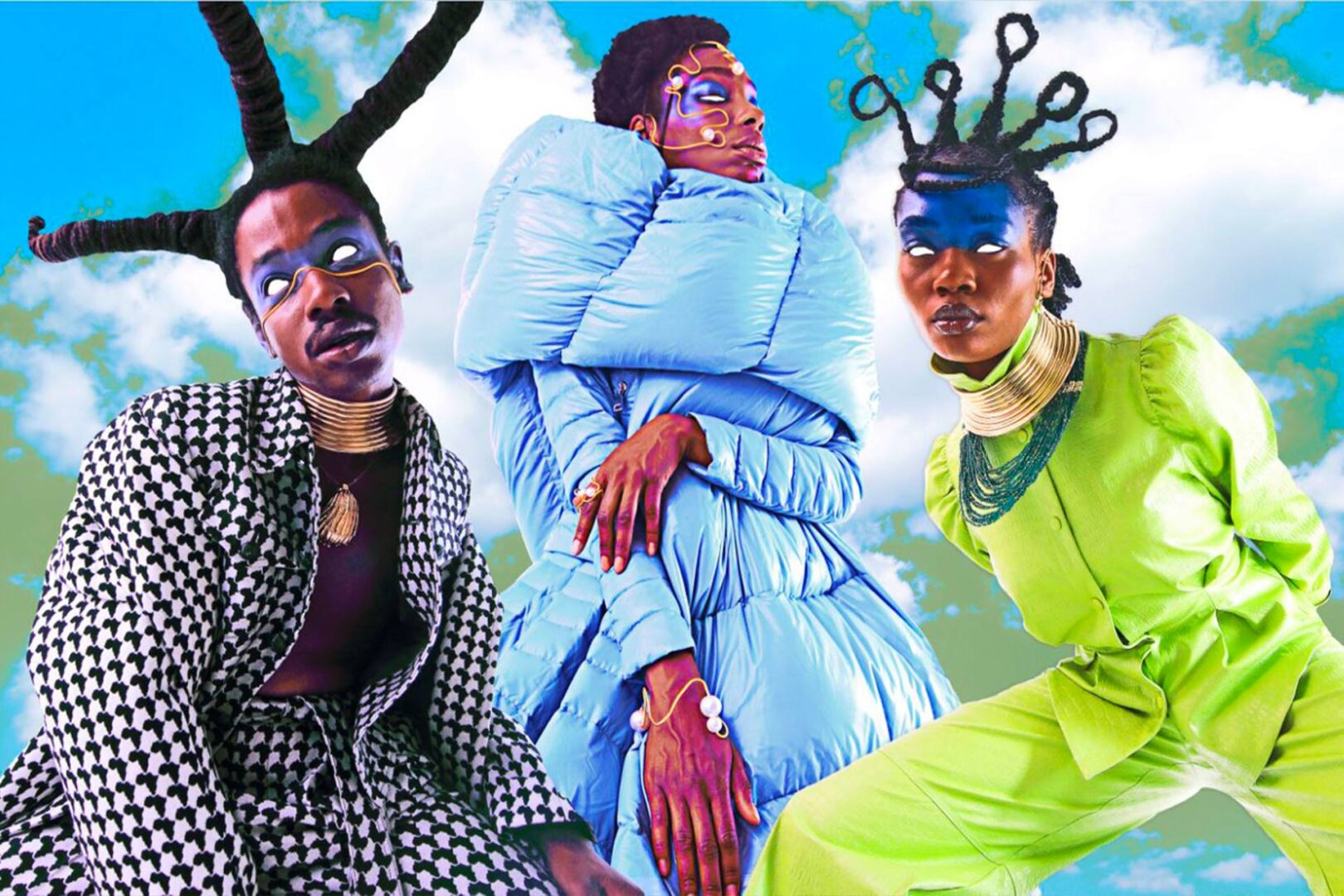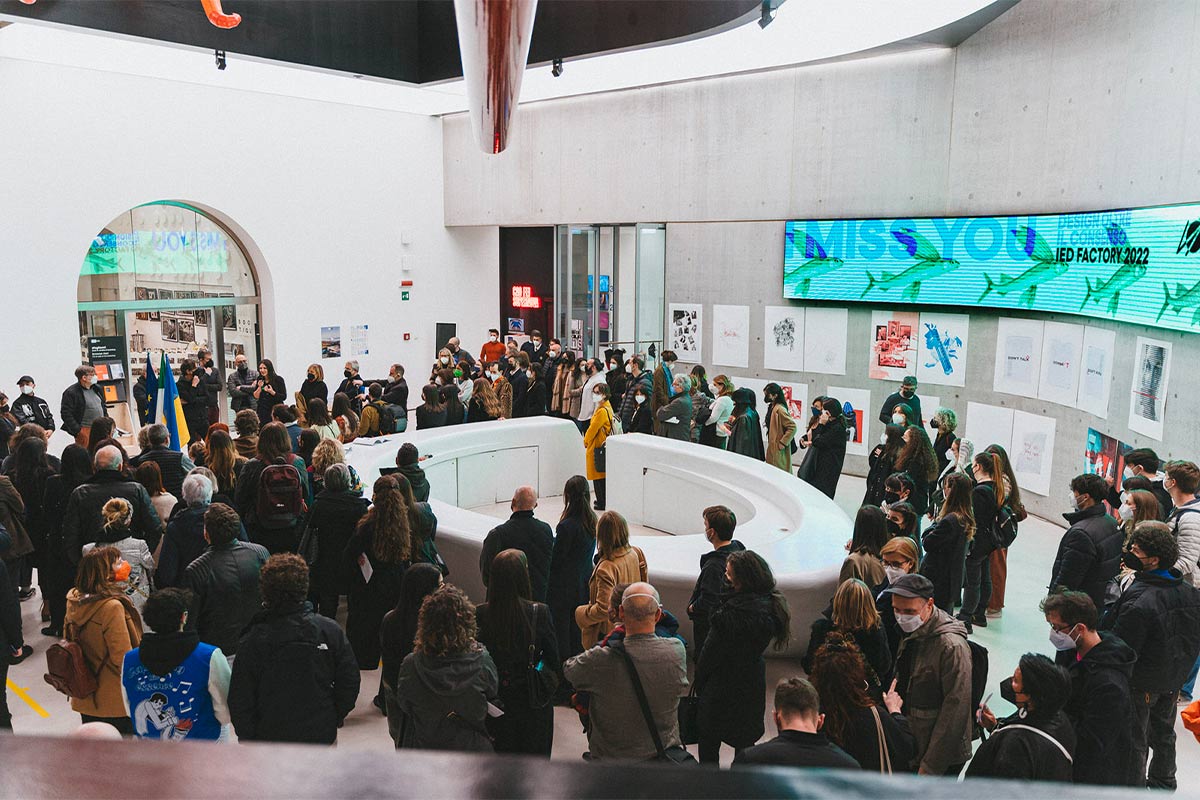For the 2022 edition of IED Factory, students have to imagine the magazine of the future. Self-representation and diversity are indisposable
On Fashion Activism. A conversation with Janice Deul
Lover of words and languages, Janice Deul is a fashion writer, researcher, and activist, battling over the de marginalization of minorities, striving to educate the glossy readers. She started as a fashion publication, succeeding in her linguistic and literature studies at Leiden University. Faced with the representation limitations and the realization of the lack of non-white models, she recalls: «I was always the only one and first person of color working at a magazine because I used to do freelance copy editing».
The repeated diffusion of beauty stereotypes in fashion and mainstream media motivated Janice Deul to voice her concerns. «We always see the same tall, thin, blonde woman, the object of desire, and maybe she has a friend of color, but it’s never about her».
The encounter with a young black girl aspiring to become a model was what radically changed Deul’s perception. «I still get goosebumps and get angry», she says, remembering the story of the model’s refusal, recalling the answer of agencies: «Well, you are gorgeous, wonderful, and great. But we already have someone like you. And they were meaning we already have a black model». «Because as we all know, the agencies have lists and lists of blue eyes, blonde hair models, but when you are black, only one is enough, only one can be allowed», Janice Deul presses.
Activism’s manifestation started with Deul’s perseveration and passion, sharing a photo of a black model on her social media for thirteen days, intending to open a discussion with fashion magazines. «I was under the impression that we could join forces to better the industry. They ignored me. It was crazy to see because in cultural fields like the museum world, and also in the immediate world, people recognized the importance of my message and my mission».
It took years for the industry to pay attention and open up access to people of color. Mainstream magazines gave space to people of color only after the Black Life Matter anger manifested itself through the death of George Floyd, even if her message was the same years before that, to «use the power of fashion and magazines to make society more inclusive».
Fashion magazines today. Between representation and inclusion
In the conversation about fashion and diversity, black creatives that can take the creative director position for luxury brands are often discarded. Considering the example of Maximilian Davis, appointed by Ferragamo, we assist in a tangible shift from within. «It’s not about diversity. It’s about inclusion», says Mrs. Deul, since companies «need to make sure that the climate is open, is transparent and safe for everyone, and can truly embrace talents that are not of the same origins». She arises the case of Halima Aden, the Muslim model who left the industry for its lack of understanding capacity.
This is where her role as an educator, speaker, and lecturer comes in. In collaboration with IED, Janice Deul launched a challenge for her students for Rome’s 2022 IED Factory event. The young creatives had to imagine a divergent magazine. Under her curation and supervision, they had the opportunity to explore the meaning of inclusivity in fashion communication. «I want people to get pick up a fashion magazine feeling good about themselves», she emphasizes. «People almost feel rejected, but I want people to be empowered. You get that effect when you celebrate the beauty and gorgeousness of all, and when you also can see yourself being reflected in the people who work for that magazine».
Therefore Mrs. Deul’s courses explore cultural appropriation and the portals of fashion magazines, even when experience and consciousness lead the fashion activist to predict that «the mainstream fashion magazine is going to die unless it can deliver more awareness or activism».
Cultural appropriation in naming ‘the different’ dilemma
Cultivating the study of culture ownership takes part in the advancement of society. Globalization might have brought the sensation of the right to acquire beliefs, rituals, or behaviors translating into the image of people. Janice Deul reconsiders the subject of cultural mastery, stating that appropriate and ethical still can not be mentioned in one sentence. Through its derival from a centralized system, fashion continues to relate to western perspectives and concepts of beauty or desire: «You see something from another country or another culture, and we think we can use it for our good and our benefits. And then we act like we have discovered this whole thing».
Now working on a new book called From concept to copy, Mrs. Deul explores the parallel life of ideas and their re-fabrication. She is part of the US Embassy Women Mentorship, «a network that aims to empower young students and professionals to have an entry and gain interest in this field of work».
Compressed in Deul’s many responsibilities is the insurance of socially safe and inclusive entertainment industry for everyone. «My goal is to make people realize that transgressive behavior is not only about sexuality being abused. You can also be abused in other ways. For example, she says, there is being bullied, racism, or fat-shaming». This holistic approach to culture and belongingness traces back to the environment and the interconnection with surroundings. «Growth means success. It also means that we must cooperate with nature and people, with the whole planet».
Education and strategies for the future of fashion language
Without an intrinsic need for change, fashion publications and companies tirelessly rewash the same patterns of the past. With an activist mindset, Janice Deul addresses some of the steps organizations are dutiful to take, such as developing a policy plan or even scholarships to talents from marginalized groups. This approach comes from brands like Gucci creating a diversity council.
«They are scouting for talented marginalized people, giving them opportunities and schooling when they lack it. It is important to be willing to open doors and hearts and arms, but also wallets to send more people of color». Mrs. Deul believes «we should develop several inclusion and identity rules».
Drawing from the latest experience with fashion students, Deul reflects on how «you may be thinking that you are inclusive, but when it boils down to reality, you may be shocked about yourself». The final purpose surrounds a mindset. «It is about willing to make space, and it has to do with the language you use».
The new generation of creatives and the industry’s youth gained higher standards, challenging the rhythm of evolutionary change in representation and inclusion. Emergency becomes more tangible and noticeable because «young people will not sit and wait». Taking more risks and chances lies deep in the core of revolutions such as the one fashion has claimed through identity debates.
Janice Deul
Afro-Dutch activist, curator, and journalist, advocating diversity & inclusion in media, arts, and fashion. Deul does so by writing, speaking on panels, giving workshops & lectures, and via her platform Diversity Rules, founded in 2014.




















